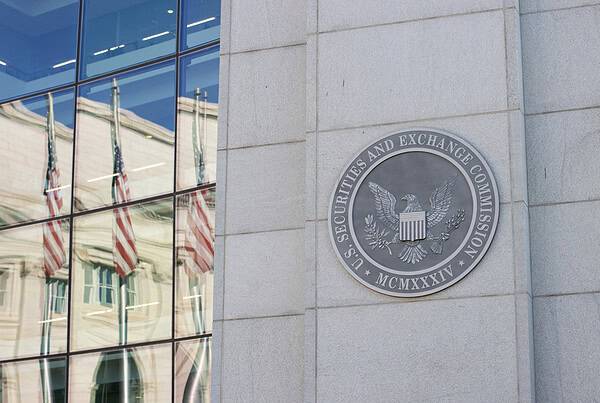The TV show ‘Breaking Bad’, focuses on Walter White, a high school chemistry teacher turned drug baron. There is a scene where corrupt lawyer Saul Goodman explains the concept of money laundering to Walter’s right hand man, Jessie Pinkman. Jessie is at first sceptical about becoming the proprietor of a nail salon, but Saul convinces him of the merits of mixing the proceeds of drug dealing with the legitimate earnings of the salon in order to ‘cleanse’ the dirty money.
Back to the real world. Money laundering piques the interest of many within the financial services industry, who appreciate that criminal behaviour and the industry are inextricably linked. There is the perceived ‘attractiveness’ of the industry to would-be launderers, due to its size, wealth, complexity and international dimension. And there is the real and demonstrable negative impact on people – international drug smuggling, human trafficking and terrorist activity, among others, often rely upon the ability to launder proceeds of crime.
And then there are the punishments. Industry participants could go to prison even if they are not a money launderer – for example, where a money launderer is tipped off or where a suspicion of money laundering is not reported. Financial institutions can also be punished if their framework for combatting money laundering risk is not up to scratch.
Not everyone in the financial services industry is a budding Walter White, or for that matter Scarface’s Tony Montana or Ozark’s Marty and Wendy Byrde. However, there are clearly risks for falling foul of the requirements, and an impetus for the authorities – including financial regulators – to go after wrongdoers.
Key to a firm’s efforts in combatting money laundering and terrorist financing is ensuring that its employees have a sound understanding of the subject. This is also a regulatory expectation, and with this in mind, we’ve recently launched our RQC Group ‘Anti-money Laundering for Investment Firms’ e-learning course, which was born from the premise that the fundamentals of the subject are as important to the CEO’s Executive Assistant as to the CEO themself; as important to the settlements clerk as to the star trader.
The course very much focuses on risks – the money laundering risks to, respectively, the employer and the employee. Of paramount importance is an awareness of the situations that could arise in the course of an employee conducting his or her duties, and the action to be taken should these arise. It’s very much appreciated that investment firms have a different risk profile to – say – banks, estate agents or casinos. It’s also recognised that the source of the requirements is relatively unimportant; knowing that ‘requirement X’ comes from ‘regulation Y’ is of no use if ‘requirement X’ is not properly understood!
The course is one hour long and can be viewed in several sittings on various devices (PC, laptop, tablet and mobile devices). It features in-course interactive quizzes and case studies, and concludes with 10 questions designed to test the knowledge gained from the full course.
Click here for further information about our ‘Anti-money Laundering for Investment Firms’ e-learning course.











